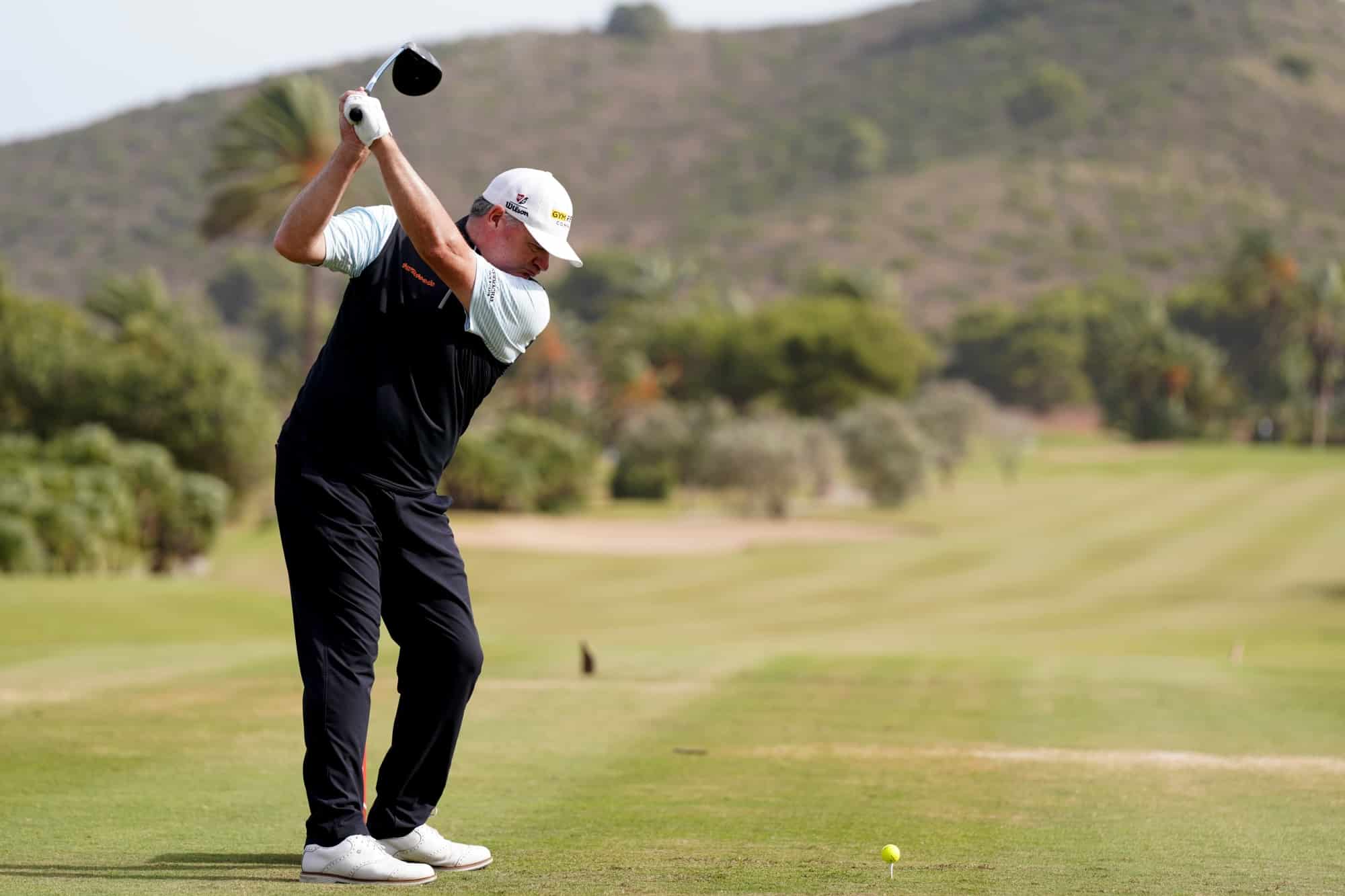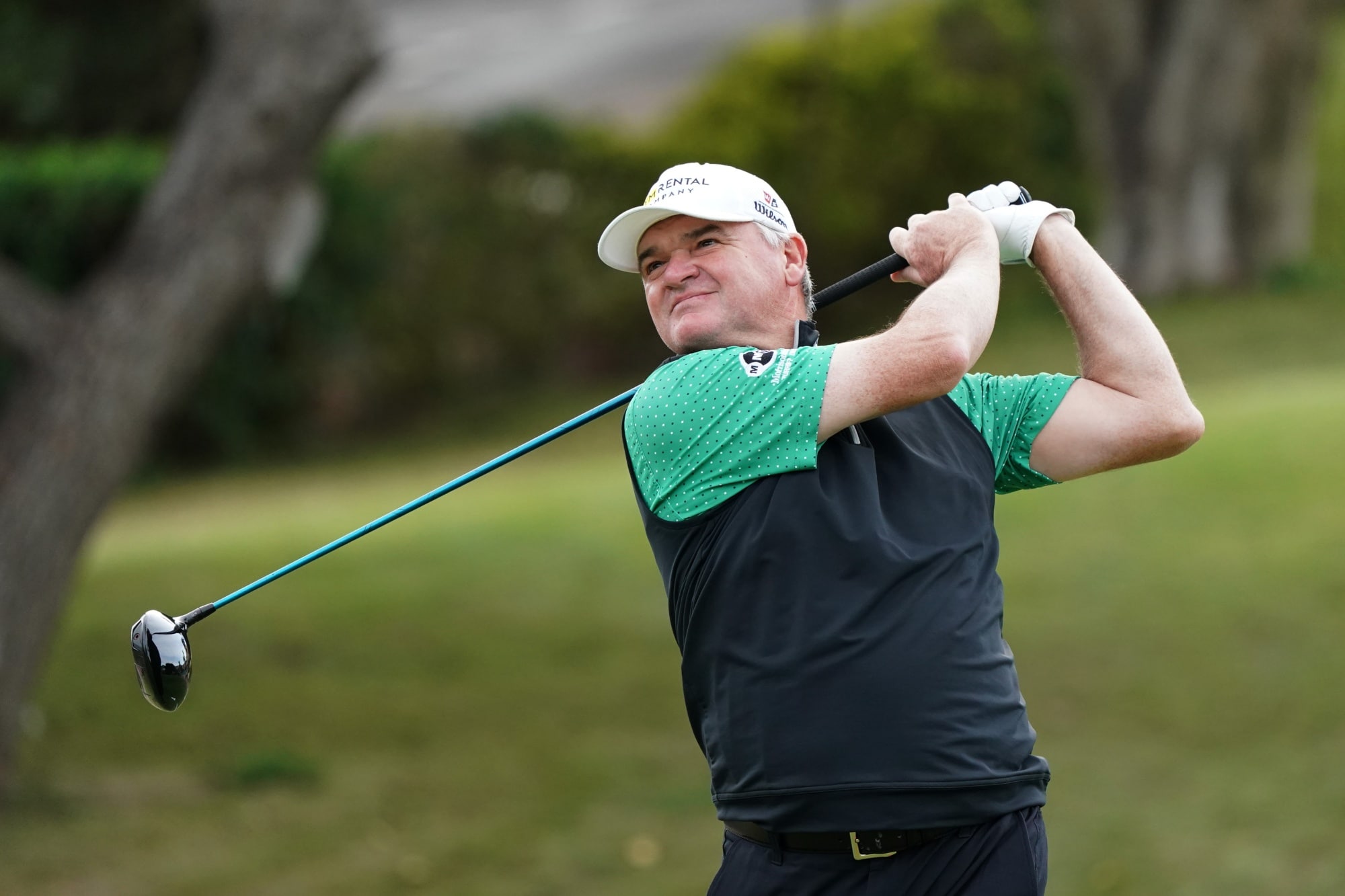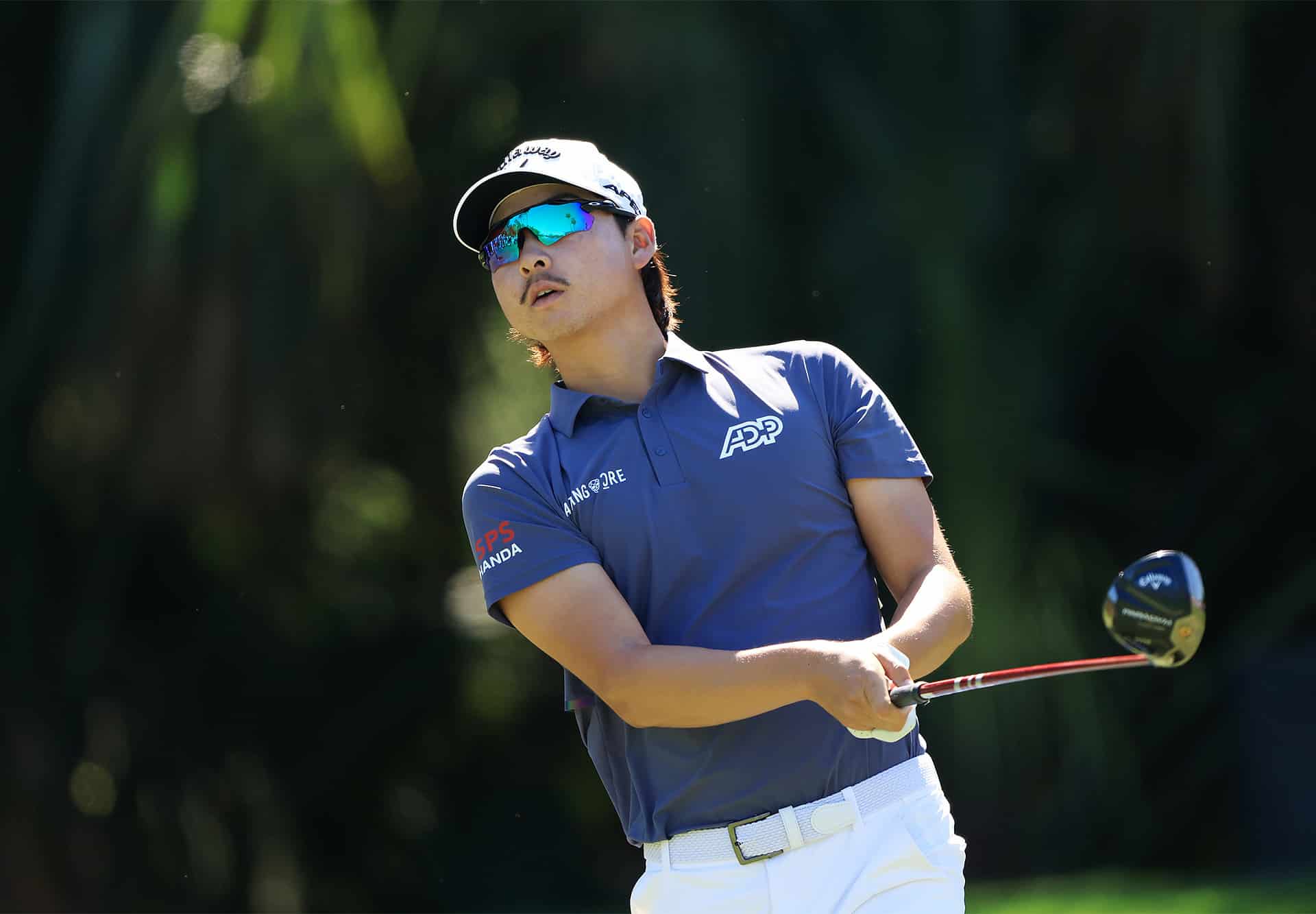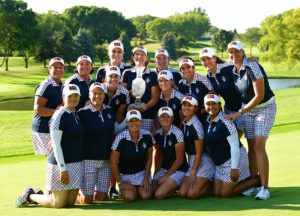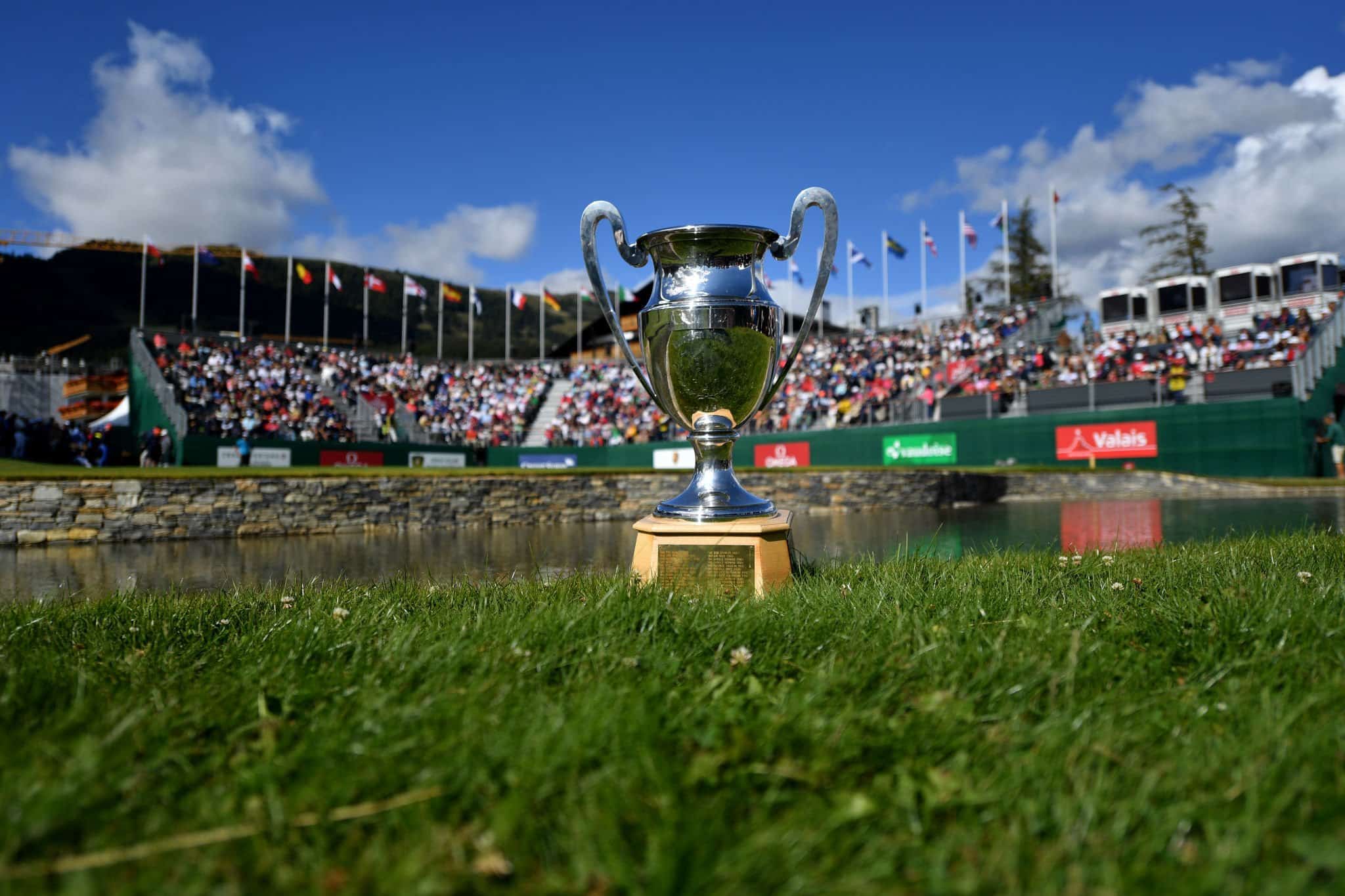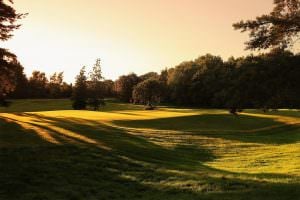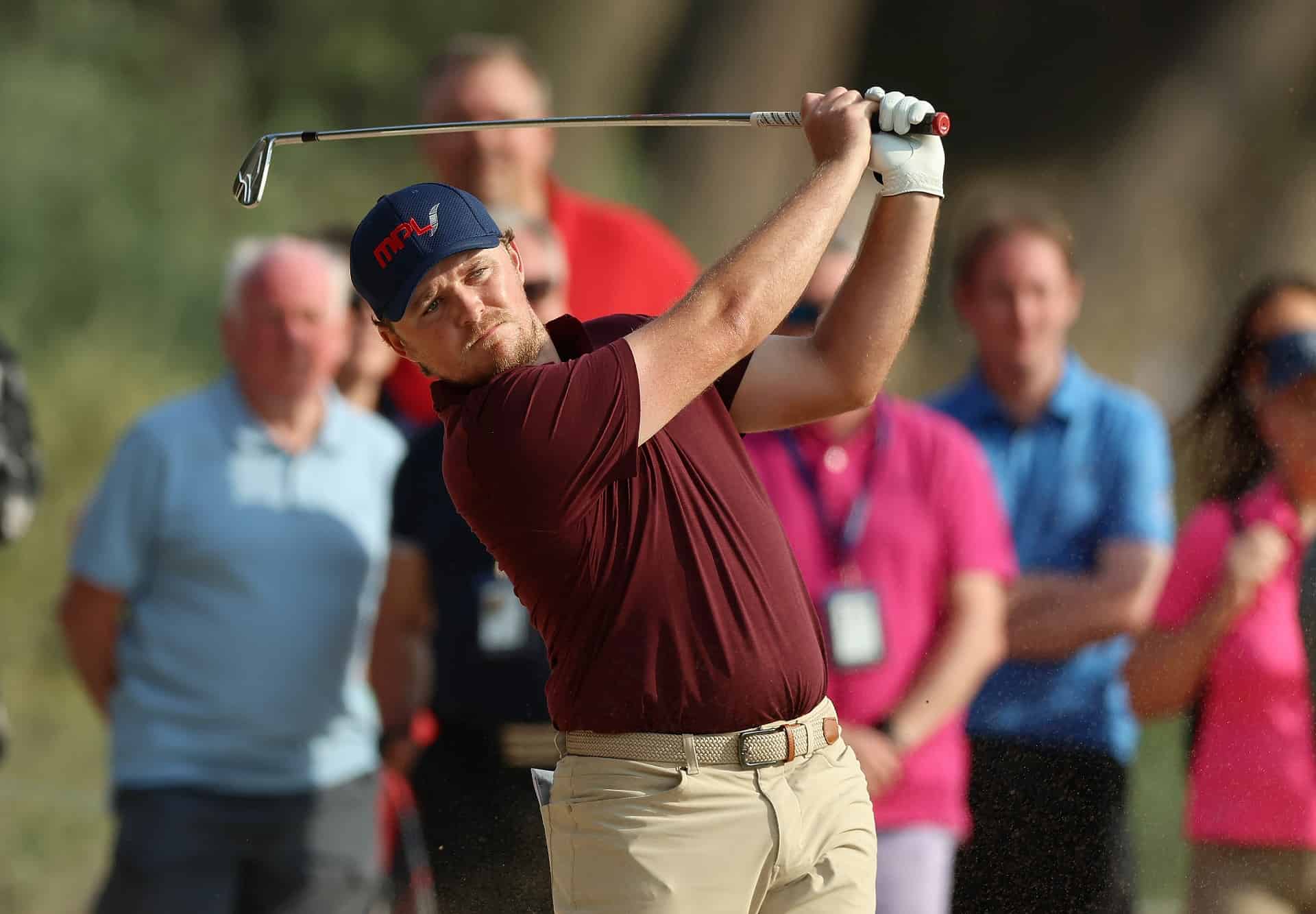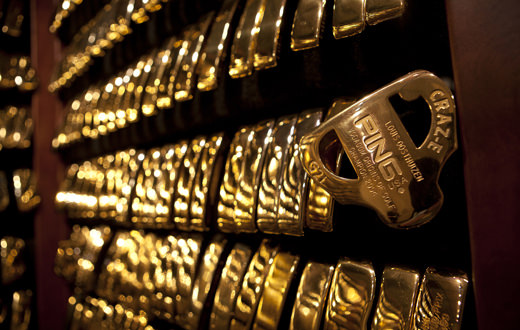
Behind the scenes at Ping HQ
AT Ping’s global headquarters in Phoenix, Arizona, is a testing facility that opens out on to a pristine driving range under the blue desert sky. This room contains two pieces of expensive, bespoke machinery.
One is the iconic Ping Man – a robot that swings clubs and hits shots so that engineers can test their latest designs.
Adapted and improved many times, it is now capable of reproducing a range of prescribed mis-hits as well as dead-solid contacts. This helps the engineers build clubs that are more forgiving.
The other machine is much lesser-known.
The Sling Man does to golf balls what Shane Warne did to cricket balls – impart weird and wonderful types of spin on demand.
In their continuing bid to make ever-improving clubs, they wanted to see how varying launch conditions affected ball flight. The Sling Man allows Ping to fire balls at any speed, launch angle and spin rate they choose. This then helps them understand how better to design clubs.
It was manufactured by Ping for Ping and and is a piece of kit worth hundreds of thousands of dollars. And this, remember, is an equipment company that does not currently make balls.
To me, it sums the company up. The founder, Karsten Solheim, was an engineer. And now, over 50 years since he started the company from his California garage, Ping remains true to his roots and those of the rest of the Solheims.
Every time a Ping putter is used to win a major professional event, men’s or women’s, two gold-plated replicas are created. One is sent to the champion and the other kept by Ping. They still dominate what has become a global organisation yet remains at heart a family business.
Ping’s headquarters is neither flashy nor showy. Functional would be a better way to describe it. In fact, much of it feels like a university campus. Again, this is very much the company ethos.
Since 1959, when Karsten introduced his first club, a putter, they have made countless innovations. Three stand out: the Anser putter; heel-toe, perimeter-weighted clubs; and, not as widely known, the lob wedge.
We were invited to Phoenix as the company prepared to release its i20 range of irons and woods.
But the experience was about much more than that. Here are a few reasons why…
i20 range is special
We weren’t allowed to talk about it until now, but before Christmas we became basically the first people who did not either work for Ping or are their tour players to see, hit and be fitted for the new range. That is quite a privilege.
Slightly embarrassingly some Ping employees even came out to watch, intrigued at the prospect of seeing the new clubs in action, hit by humans, for the first time.
We’ll review the full range very soon but the stunning irons created the strongest first impression. Ping clubs have long been exceptional performers but they never looked as good as this. Complete with ferrules, the i20s combine S56-style short irons with i10-style longer irons – and they are blended seamlessly.
Gold putter vault
Every time a Ping putter is used to win a major professional event, men’s or women’s, two gold-plated replicas are created. One is sent to the champion and the other kept by Ping. But they don’t adorn an enormous reception here – the room is small, square and just off a corridor. Step inside and in front of you are over 2,600 putters. The reflecting light gives off a peculiar glow, and you feel like an explorer who has just discovered a hoard of treasure in an ancient palace.
It’s hard to know where to start looking – possibly Seve’s Anser from the 1984 Open? It is one of dozens made for the Spaniard, each one the same model.
By contrast, the Lee Westwood section contains an array of shapes, styles and sizes. This, remember, is a man who won a title using a belly for part of the tournament and a regular-length one for the rest.
I sought out the model used by Jose Maria Olazabal to win his first Major, the 1994 Masters. I wish I could have stayed in that room, with all its history, for at least the remainder of the afternoon.
In the foundry
At NCG, we’re lucky enough to be sent hundreds of clubs every year for testing so you can get to the way of thinking new clubs grow on trees. Having spent a morning on a tour of a foundry watching how cast irons are made – from wax moulds to molten metal – I came away humbled. Rather than questioning how a set of irons can cost so much, I am now surprised it is not much more. The majority of the manufacturing process for Ping, as with all other major golf companies, is in China these days.
But Ping have recently bucked that trend with more casting again being done back in the USA. We visited the Dolphin Foundry and saw a remarkable combination of machinery and human attention.
My abiding memory will be of the molten steel being removed from the ovens and poured into the moulds. At this point, it is at a temperature of 1,650˚C, cooling at the rate of 38˚ per second.
The wave of heat and blinding light made us step backwards. In the summer, when it is already over 40˚C outside, the temperature in the factory can reach 65˚C. And on top of that, the workers have to wear special suits from head to toe. Now that is hard work.
The warehouse
All Ping clubs sold in the USA are assembled in Phoenix. Quite an operation – from shafts to grips to checking lofts and lies and adding the unique serial number that tells Ping the exact specifications of that club. This is very handy should you ever, say, lose a wedge and need to replace it so it matches the rest of your set exactly.
On a wall is a poster showing each model of Ping iron ever made, going back some 50 years.
All the classics are there – from Eye II to Zing to i3 to the latest G20. It was striking that Ping have released almost as many models in the last 10 years as they did in the 40 before that. Ranges of clubs are now so much bigger and new models released with much greater frequency. Ping are regarded as among the most honourable of companies in this respect. Their current policy is that all models have a two-year shelf life.
Nevertheless, the majority of sales come in the first year when they are seen as being brand new.
Counterfeiting
FAKE clubs are a big problem. The internet has allowed unscrupulous retailers to deceive gullible golfers into buying counterfeit equipment.
Interestingly, the counterfeiters have discovered that if their prices are only slightly lower than those of the legitimate retailers, it makes them look more credible. So those doing online searches to find, say, a G20 driver at the lowest possible price might well believe they have found a genuine bargain.
We saw a counterfeit G15 driver tested by Ping Man against a real one; it was an eye-opening. Both were swung at 103mph. The real one went 270 yards dead straight, as you would expect. The fake went 30 yards shorter. It also went 66 yards right. Enough said.
Things to look out for when spotting a fake include: grip markings, shaft graphics and the quality of the paint job on the head. If in doubt, Ping, Callaway, TaylorMade, Titleist and Cleveland/Srixon have formed a group to tackle the issue – find out more at www.keepgolfreal.com
Tour player policy
Just like the company as a whole, Ping’s attitude towards tour players has a family feel. Typically, their players have been using Ping clubs throughout their amateur careers. It seems to be once a Ping player, always a Ping player.
Chance Crosby, Ping’s director of tournament player relations, feels this is at least partly due to the time and money Ping invest in worldwide amateur programmes.
“We have loyal players – it’s a relationship business,” he says. “They have to trust the product and the service and we feel we do both of these things quite well.”
Their players include Lee Westwood, Miguel Angel Jimenez, Angel Cabrera, Bubba Watson, Hunter Mahan and Mark Calcavecchia. Each has been with Ping for several years – in fact Jimenez has clocked up 25 years with the company.
Crosby recalls the negotiations with Mahan when he turned pro in 2003. “Hunter told his agent: get the deal done with Ping.”
It was a similar story last year with Tom Lewis, who played Ping throughout his amateur career.
The odd one has got away though; Cosby recalls Ping having the chance to sign Retief Goosen and Henrik Stenson in their young days, and missing out on Pablo Martin and Charles Howell, both having grown up playing Ping. And two famous names did play Ping for a while but left – Steve Stricker and Bernhard Langer.
Karsten’s office
The founder of Ping died in 2000, having handed control to his son John five years earlier.
His office remains as he left it – which I found both macabre and fascinating. We studied souvenirs from Karsten’s remarkable life, including a signed letter from Neil Armstrong and pictures of him visiting Margaret Thatcher in Downing Street.
It was also a reminder that while we think of Ping as being an industry giant, it took Karsten many years to become accepted as a member of the golfing mainstream and for his sometimes outlandish innovations to gain traction.
Tom Irwin

Tom is a lifetime golfer, now over 30 years playing the game. 2023 marks 10 years in golf publishing and he is still holding down a + handicap at Alwoodley in Leeds. He has played over 600 golf courses, and has been a member of at least four including his first love Louth, in Lincolnshire. Tom likes unbranded clothing, natural fibres, and pencil bags. Seacroft in Lincolnshire is where it starts and ends.


